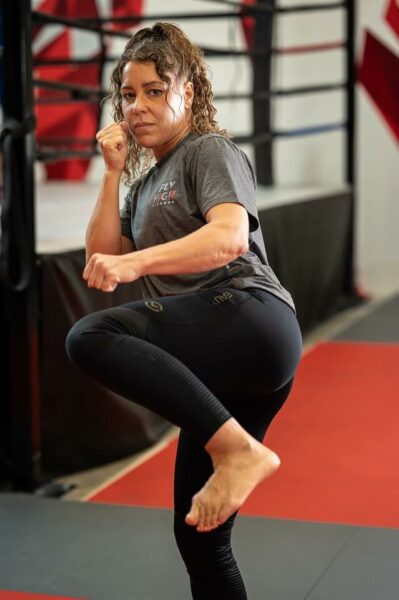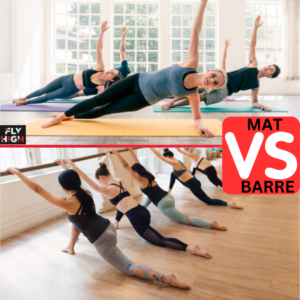- Coach Samantha(Martial Arts Coach)
Karate is a type of self-defence that could be used in real life situations and is also practiced for competing in tournaments. The meaning of karate is ‘empty hand;’ students are taught how to move, block and react when under attack using their own body. Karate sparring is also covered, where students learn how to fight in tournaments and to win points for medals. The grading syllabus covers kicks, punches and combinations of these. As students gain higher grade’s they learn more advanced combinations of these movements. Students begin their journey on day one as a white belt and work up through the twelve coloured belt grades to Black belt.
The grading syllabus allows students to proceed through levels signifying their growth and development. The coloured belt gradings are like stepping stones on the path to a student’s goal of Black belt. The belts are numbered from 12th KYU; White Belt up to 1st KYU; Red White & Blue Stripe Belt, which is the last belt before Black. Think of it that when you start you are 12th in queue to Black belt. A grading means that a student has reached their competent level with their current techniques and is ready to move on to learn and develop more advanced techniques and skill-sets.
As well as gradings there is a stripe system in place, students will earn stripes on their belts as they work towards their grading. Once students receive three stripes they will have learnt all their grade moves and be ready to move up to the next belt. The first stripe is awarded when a student has shown commitment, by attending their classes regularly and trying their best in those sessions. The second stripe is awarded when a child has learnt their khion; basic movements and grade specific kicks and punches. The third and final stripe will be awarded once a student can perform their block sequence or kata; pattern of karate moves, to their competent level. Students should attend a minimum of two sessions a week in order to practice their grading and tournament skills. When students attend sessions at this rate they are likely to gain a new stripe every three months. Having long gaps in their training can set them back, but if attending regularly students can expect to grade once, possibly twice during a year at the beginning of their journey. Once students reach the 9th KYU they should be attending three or more sessions a week, at 11th KYU and above, four or more sessions a week in order to learn their grade sequences and skills. Students who don’t attend more sessions will take longer to reach the next grade.
Karate is a way of life that goes beyond the self-defence applications. Karate requires self-discipline regular hard work and the ability to push yourself outside of your comfort zone. Keeping your head up after a tough session, a loss or a setback, teaches valuable life lessons and builds self-confidence, commitment and dedication. The karate bow is a form of respect, a greeting, the sound you will hear is ‘Oss’ literally meaning to push and endure, taken from the Japanese phrase ‘Oshi Shinobu,’ in martial artists students have to push forward against the resistance of their own physical and mental limitations. Therefore Karate will not only benefit a student with regard to self-defence but also in life outside the Dojo (place of training), karate builds confidence, character and mental and physical strength that can help students excel in many other aspects of their life.






